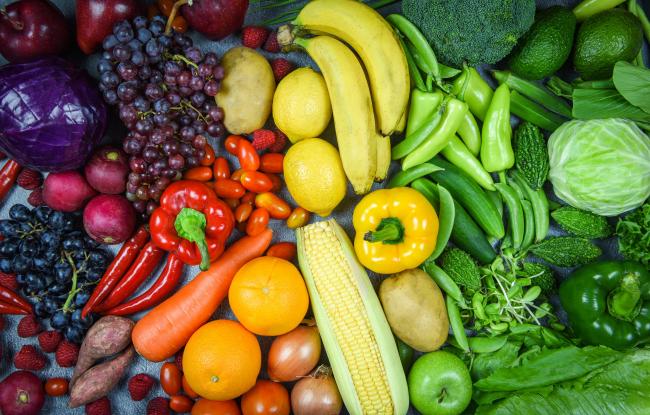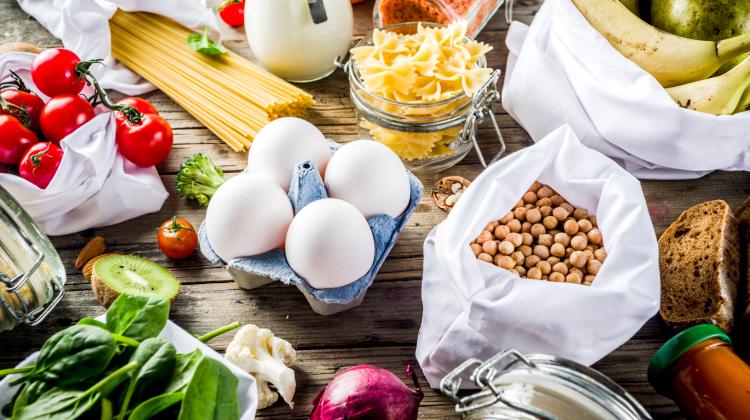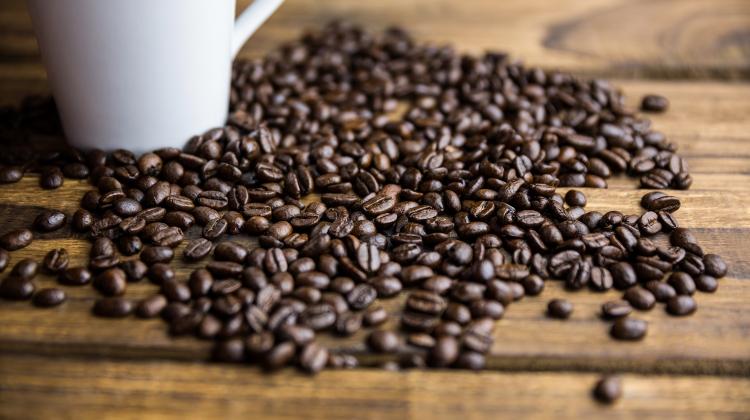The fruit and vegetable industry makes it possible to enjoy the benefits of fruit and vegetables all year round, but at the same time it generates significant amounts of vegetable residues. It is estimated that 50% of all waste comes from industrial processing, thus causing a negative impact on the environment. Any waste is a problem, so efforts are made to minimise it. Waste can also be looked at as valuable raw materials suitable for further use, especially as it accounts for 10 to 35% of the weight of processed raw material.
The largest proportion of waste is pomace. This is an unstable and unstable material with a high water content which can lead to a rapid increase in microbiological contamination. The large mass of pomace produced in a relatively short period of time is an extremely important problem for processing plants. At the same time, they are a rich source of many valuable components, including: carbohydrates, proteins, mineral compounds, vitamins, polyphenols, pectins, fibre, lipids, organic acids, alcohols, aldehydes, as well as colour and aromatic substances. Therefore, vegetable waste should be treated rather as an intermediate product for further processing and recovery of valuable nutrients and health promoting components.
Waste from the fruit and vegetable industry is often used as animal feed because of its high content of organic acids, sugars, nitrogen-free compounds, fatty substances and vitamins. They are often used as fertiliser or compost in plant cultivation. Another way of using pomace is as an anaerobic process which generates energy in the form of biogas. The high content of carbon and nitrogen compounds, as well as traces of components such as heavy metals, make it an excellent source of energy. The pomace, through its use in ethanol production, can become an important source for obtaining biofuel. The above methods, however, do not solve the problem of managing the resulting large mass of by-products, which to a large extent remain troublesome waste. This causes a need to look for new directions of utilisation, the starting point for which is to determine the composition of such waste/by-products and to assess the possibility of obtaining valuable components from them for further use.
Research on more rational use of bioactive substances contained in fruit, and in particular those substances that remain in by-products or waste products, fits very well into contemporary research trends. We can see the demand for innovative ways of using by-products, i.e.: functional food additives, nutrient carriers, additives for fruit and vegetable products, cereals, use in the production of alcoholic beverages (mainly wines), enrichment of dairy, fish, meat products, as well as in the production of sweets and snacks. One of the valuable components lost due to processing are polyphenols.
On the basis of research conducted at the Institute of Food Technology and Analysis of Lodz University of Technology, it was found that in the processing of onions, waste products constitute approximately 8% of the weight of the raw material, while containing 50% of all biologically active compounds in this vegetable. Most of these compounds are polyphenols (mainly quercetin and its glycosides). Apple pomace produced in Poland in the largest quantities contains significant amounts of dietary fibre and polyphenols. The main polyphenolic substances of pomace are flavanols (catechin, epicatechin, procyanidins), flavonols (quercetin glycosides), hydroxycinnamic acids (chlorogenic acid, caffeic acid) and dihydrohalcones (phloridzin). To a large extent, these substances contained in the fruit do not pass into the final product - the juice - during processing but remain in the pomace and are often, as mentioned above, irretrievably lost. Quercetin glycosides have gained attention as substances that can prevent many diseases of civilisation.
The richness of composition of by-products of fruit and vegetable processing does not allow to treat them as waste but as valuable raw material. The more so as phytocomponents, usually lost in traditional methods of marc processing, can be obtained using extraction with solvents approved for use in the food industry, optionally purified using sorption beds approved for food technology. Substances of oil nature can be obtained by "pure" technologies such as supercritical CO2 extraction. The properties of such preparations, together with their natural origin, allow them to be used in food applications, on the one hand, as agents enriching food with natural health-promoting substances and, on the other, preventing the growth of certain harmful microorganisms in food.
The best advice for waste is therefore to see it differently: not as a nuisance, but as a source of natural, health-promoting and innovative product.





